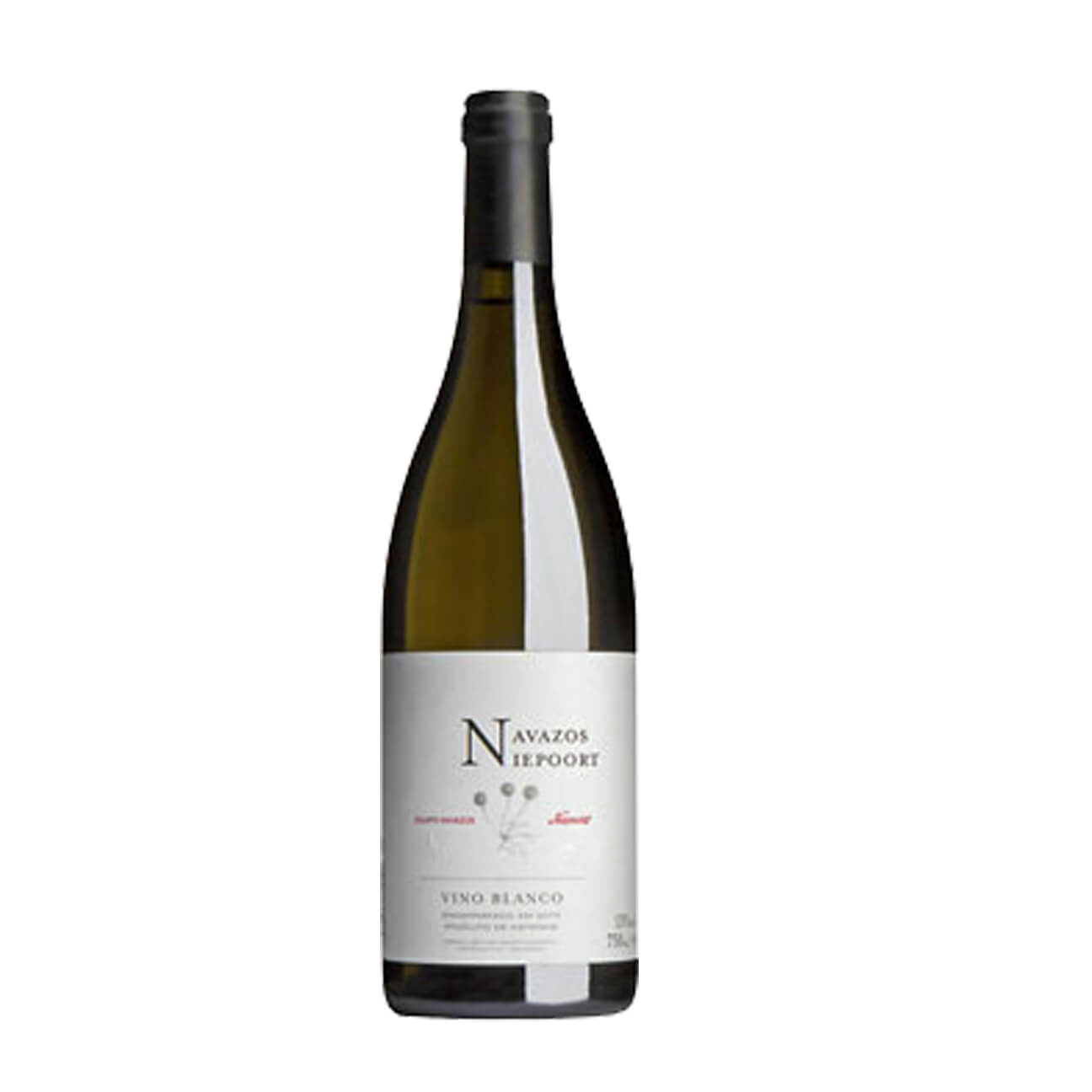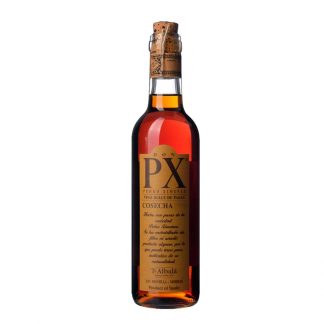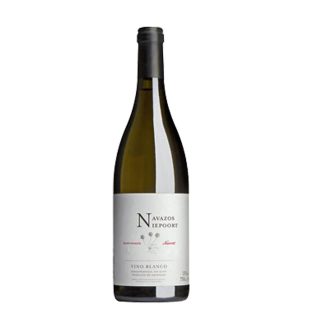Description
REVIEWS
Juancho Asenjo, “La Sobremesa” at www.elmundovino.com: “The wines by Equipo Navazos are a cultural contribution of the highest importance.”
Jamie Goode, www.wineanorak.com: “Equipo Navazos make mindblowing Sherries. I’m drinking one at the moment, and it’s a life-enhancing experience.”
Jancis Robinson, Sherry as Montrachet – revelations. www.jancisrobinson.com: “They are not cheap. But then nor is Grand Cru burgundy.”
TASTING NOTES
Equipo Navazos is perhaps the most significant thing to have happened in the world of Sherry for a very long time. It has some of the most influential people in the fine wine world raving about the quality of these wines, and they are talking about the quality first and the fact that they are Sherries second. These are wines to make Sherry sexy again. They are also as rare as hens’ teeth and are being sought after with the same urgency that wealthy Burgundy collectors seek out the wines of DRC or the greatest Montrachet. This makes sense: these wines are every bit as profound, deep, long and complex as any bottle of DRC (and that is no insult to DRC!)
The Equipo Navazos project was started by a group of Spanish Sherry lovers led by wine writer and Sherry guru Jesús Barquín, regular contributor to World of Fine Wine and Professor of Criminology at the University of Granada. These “Sherryphiles” were aware, through their own extensive tastings, of a treasure trove of brilliant Sherries that were sitting, unbottled, in the bodegas of Jerez, Sanlucar and Montilla. Bodegas often have butts or casks (bota) of Sherry whose small volume makes it commercially unviable to bottle separately. The concept behind Equipo Navazos (Team Navazos) was to select specific bota of such wines for individual bottling, unfiltered or lightly filtered (Sherry is typically put through a very firm filtration). The wines were selected for their quality and for their distinct personalities, which would have been a shame to lose in a large blend. Initially these bottlings were intended only for a select group of friends and professionals. Yet the response was so enthusiastic that it became very clear to those behind Equipo Navazos that something important could come of this idea; namely that the opportunity existed to remind the world of just how great Sherry could be. To this end the project was expanded to allow for a small ‘commercial’ release of certain wines to a handful of international markets. After three years, Australia started to get a tiny allocation.
The Navazos Sherries are drawn from several bodegas, and represent a variety of styles: Manzanilla, Fino, Palo Cortado, Oloroso, Pedro Ximénez, Cream and even a brandy. The wines are bottled in limited series, in successive numbered editions, dated and named “La Bota de….” (the cask of…). The date of each saca, or racking, has been precisely stated on the label so that it is possible to compare editions of the same solera. This also enables precise tracking of the evolution of the wines, as these wines are expected to evolve in the bottle (it’s Sherry, but not as we know it). These are once off bottlings and once the bottles for each La Bota… release are spoken for, there are no more.
To give you an idea of the sensation these wines caused in Spain; in 2008, when the first wines were released commercially, Spain’s best known wine writer, Jose Peñín, named one of them (La Bota de Fino, Macharnudo Alto No 7) as his Wine of the Year. In the other major “wine of the year” award in Spain, voted on by an eminent panel of 60 wine critics, sommeliers and wine merchants, Equipo Navazos’ La Bota de Palo Cortado, Bota Punta and La Bota de Manzanilla, Las Cañas were voted second and fourth best wines of the year respectively. Those critics in the West lucky enough to taste the wines have also got very excited, as you can see from some of the quotes above.
Not only has Jesús Barquín set the world alight with the wines released under the La Bota labels, but he is also helping to challenge a great many Sherry conventions. You will see from some of our notes from time to time that Barquín and his team think that quality Sherry benefits from bottle age (both before and after opening). Even true Manzanilla, according to Barquín, should be given at least six months to recover from bottle shock and simply evolves, rather than deteriorates. Barquin is not talking about conventional, heavilly filtered sherry, but rather unfiltered or lightly filtered, full bodied style produced by Equipo Navazos. These wines, due to their complexity and intensity, will be best enjoyed in white wine glasses. At any rate, we do not recommend the typical copitas nor any other little glasses for wines of this quality.






